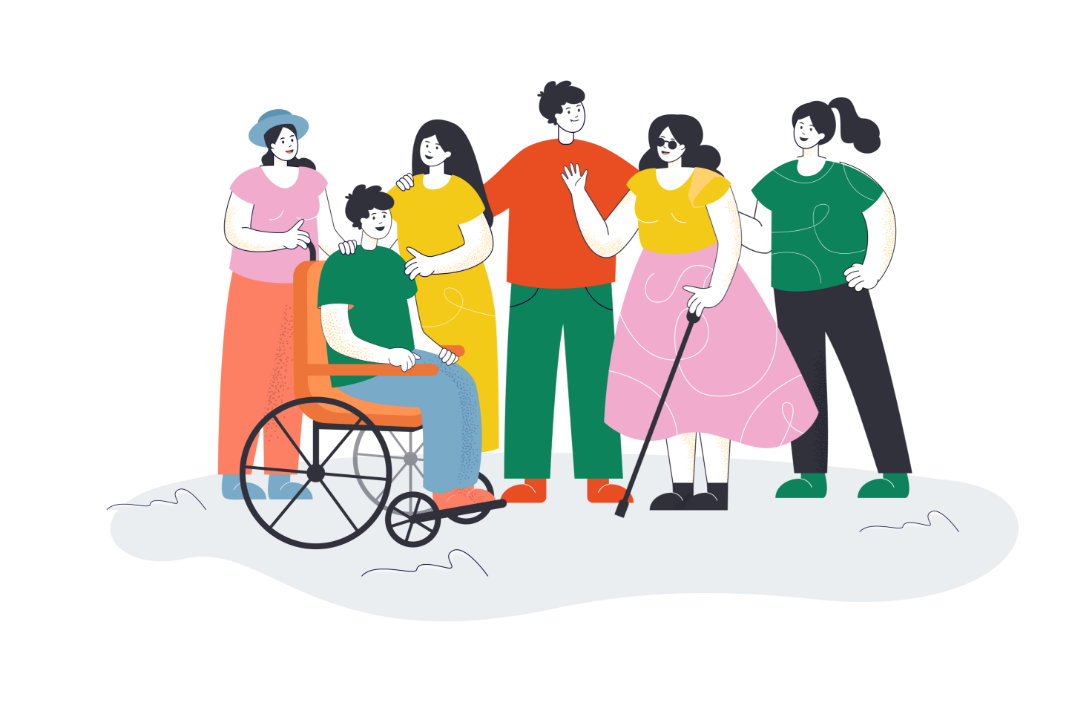Health and well-being play an important role for socially disadvantaged people and young people with intellectual disabilities, including in the context of education and learning. To promote this and increase the potential of each individual, there are different methods and possibilities. In the project Simpl4All different and promising methods and tools are developed that contribute to a better participation and communication in education and vocational training.

As described in the application, inclusive learning is based on the paradigms of pedagogy of mediation (Vygotsky, Brunner, Feuerstein) and pedagogical activism (Dewey, Montessori, Decroly). For inclusive learning to be successful, there must be an active focus on change. I would like to focus on active and collaborative learning in this article. This learning is essential in education and vocational training and encourages innovative thinking processes. It can be accomplished through the active participation of teachers, learners, family members and peer groups.

Cooperative and active learning is an active teaching method that can be used in all educational settings, but is particularly suited to vocational training for young people. Through practical learning and working together on a wide variety of topics, the participants acquire new skills.
Young people who are socially disadvantaged and/or have intellectual disabilities are less likely than others to experience learning success. The advantages of active and cooperative learning are presented below.
The learning content is close to reality. The interest of the learners increases. New skills are developed. Creative thinking is encouraged. The participants are more attentive. The learning success increases. The learning pace is adjusted individually.
In this project we will develop a manual for pedagogical mediation (with quick guides). This user manual is aimed at as many different learning mediators and end-users working in formal and informal contexts as possible. To this end, we would like to highlight and incorporate different concepts in diverse contexts. The basis should be an exchange with a broad target group and involved persons. The use of peer mediation is particularly central to this. Peer mediation is an educational method for solving problems and conflicts among peers and/or working out joint solutions. The aim is to focus on integrative teaching methods and to use simple language for this purpose.
In the first joint LTTA event at the Faculty of Education of the University of Maribor, there can be an international exchange of experiences from different areas. This event is of great importance for a successful project cooperation and forms the basis for further development of results.
References: https://www.intel.de/content/www/de/de/education/teaching-strategy/active-learning.html. Practice Guide Cooperative Learning and Heterogeneity: Activating Classroom Leadership for Inclusion and Collaborative Learning. (Becker, B./Ewering, T.).

